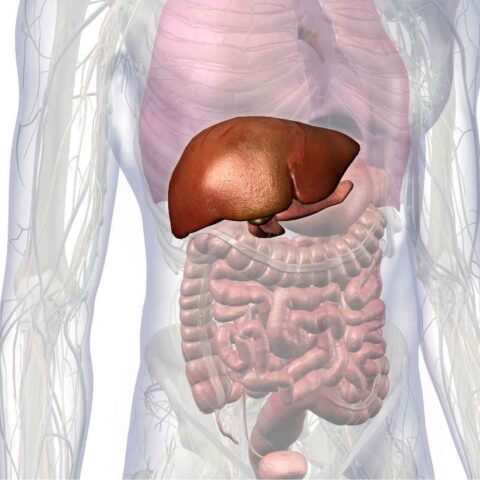- Individuals who engage in more physical activity (and also moderate- and vigorous-intensity activity) have a lower risk of cardiovascular disease.
- The lowest risk for cardiovascular disease was seen in the individuals who performed the most activity. Those who were most active (in the top 25%) had an average reduction in risk of between 48% and 57%.
- This has important implications for clinical practice and national/international guidelines on the amount of physical activity that people should aim for.
Cardiovascular disease is the leading cause of death globally, claiming around 17.9 million lives each year. Until now, it has been difficult to quantify the protective effect of physical activity, since previous studies have typically measured this using questionnaires. These methods are crude, subject to poor recall and cannot accurately record all activity that takes place throughout the day. This has made it difficult to assess whether increasing physical activity always gives an additional benefit in reducing the risk of cardiovascular disease, or if there is an upper limit on improvements to cardiovascular health from exercise.
A new, large-cohort study led by the University of Oxford has resolved this by using accelerometers (wrist-worn devices) to accurately record the activity of over 90,000 participants followed over five years. This found that physical activity is not only associated with lower risk of developing cardiovascular disease, but the greatest benefit is seen for those who are active at the highest level.
Over the five-year follow up period, 3,617 of the participants were diagnosed with cardiovascular disease (3,305 nonfatal and 312 fatal). This included 2,220 men and 1,397 women. In the participants, as the amount of moderate and vigorous physical activity increased, cases of cardiovascular disease decreased, with no threshold where the effects of exercise stopped improving cardiovascular health.
The protective effect of physical activity against cardiovascular disease was:
- 48%-57% for those in the top quarter of all physical activity
- 49%-59% for those in the top quarter of moderate-intensity activity
- 54%-63% for those in the top quarter of vigorous-intensity activity.
Associate Professor Aiden Doherty, from the University of Oxford’s Nuffield Department of Population Health and one of the lead authors of the study, said: ‘This is the largest ever study of device-measured physical activity and cardiovascular disease. It shows that physical activity is probably even more important for the prevention of cardiovascular disease than we previously thought. Our findings lend further weight to the new WHO guidelines on physical activity which recommend at least 150 to 300 minutes of moderate to vigorous aerobic activity per week for all adults’.
Professor Terry Dwyer, from the University of Oxford’s Nuffield Department of Women’s & Reproductive Health and lead author of the study, said: ‘The results of this study enhance confidence that physical activity is likely to be an important way of preventing cardiovascular disease. The potential risk reduction estimated in those engaging in relatively high levels of activity is substantial and justifies a greater emphasis on measures to increase levels of physical activity in the community.’
The results of the study were similar for men and women, although the benefits of vigorous exercise appeared to be particularly strong for women. Although those who exercised more were also more likely to not smoke, to have a healthy BMI and a moderate alcohol intake, the researchers adjusted for these factors and found that the association between increased exercise and a decrease in cardiovascular disease was still strong. These results demonstrate, therefore, that exercise alone has a significant effect on cardiovascular disease risk.
The study was based on 90,211 healthy participants in the UK Biobank, from across England, Wales, and Scotland. They were sent wrist-worn accelerometers to record their activity over a seven-day period in 2013-2015. The participants were followed up over five years after the seven-day period when they wore the accelerometers. The researchers recorded the number of first hospital admissions or death caused by cardiovascular disease. These were obtained from national Hospital Episode Statistics and the national death index.








